The Ford Everest is regarded as a very decent all-round SUV, offering class-leading refinement, plenty of standard features and an impressive driving experience.
But, while the introduction of the V6 to the Everest line-up has drawn the lion’s share of everyone’s attention, do the new-generation of 2.0-litre bi-turbo diesel variants deserve your attention?
And is the 2.0-litre bi-turbo Ambiente the sweet spot?
Read on.
Ford Everest 2023: Ambiente (4X4)
| Engine Type | Bi Turbo Diesel 4, 2.0L |
|---|---|
| Fuel Type | Diesel |
| Fuel Efficiency | 7.2L/100km (combined) |
| Seating | 5 |
| Price From | $48,180 - $55,330 |
| Safety Rating |
|
Does it represent good value for the price? What features does it come with?
Our test vehicle is a base-spec Ambiente, with a 2.0-litre bi-turbo diesel engine and a 10-speed automatic transmission. It comes standard as a rear-wheel drive vehicle but ours was an optional upgrade to full-time 4WD, which costs $5000.
So, this 4WD Everest’s manufacturer suggested retail price (MSRP) is $57,990 (excluding on-road costs).
Standard features on the Ambiente include 10.1-inch portrait-style touchscreen multimedia system (with wireless Apple CarPlay and wired Apple CarPlay and Android Auto), 17.0-inch alloy wheels, C-Shaped LED daytime running lights, dual-zone climate control, five seats cloth trim, smart keyless entry with push button start, electric parking brake and plenty more.
.jpg)
But our test vehicle has been boosted from a five- to seven-seater ($950) and has Ford’s factory-fitted tow pack, which costs $1700, and 18.0-inch alloys and Goodyear Wrangler Territory all terrain tyres (rather than the standard 17-inch wheel-and-tyre package) and an alloy spare ($1100), pushing this Everest’s MSRP up to $61,740 excluding on-road costs.
It also has e-shifter gear shifter (only on 4×4 variants), locking rear differential (only on 4×4 variants), and push-button selectable drive modes.
Our test vehicle has the no-cost option Arctic White exterior paint, but all other colours – Meteor Grey, Aluminium Silver, Sedona Orange, Equinox Bronze and Shadow Black – are prestige paint colours and cost $700.
.jpg)
Is there anything interesting about its design?
To give you an idea of its size, this Everest is 4914mm long (4940mm with the tow bar fitted), 2207mm wide, and 1842mm high. It has a 2900mm wheelbase.
I reckon the Everest looks good. It has a certain low-key appeal. You might think differently. There are images with this yarn for your delectation, so take a look and, as I always say, make up your own mind.
.jpg)
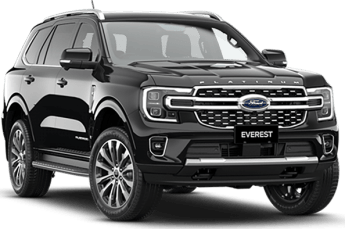
How practical is the space inside?
The interior is standard Everest cabin fare, that is to say: it’s very well designed and functional, and supremely comfortable.
This is an entry-level variant so you miss out on leather and all of those kinds of things that blokes like me consider a frippery, but you do get all the things that you actually need.
There are ample storage spaces throughout (cupholders everywhere you’d expect, as well as map pockets and bottle holders in the doors) and charging points (USB-A, USB-C and 12-volt ports), and everything is easy enough to find, access and use.
The large portrait-style touchscreen dominates upfront and can be used to control most everything onboard – except your kids.
All seats are comfortable, with that level of comfort – as well as space – dropping as you move from the front seats to the second row to the squeezy back row.
All rows have adjustable air vents.
The second row has ISOFIX child-seat anchors in the two outboard seats, and three top-tether points. The third row has two top-tether points.
In terms of cargo space, with all seven seats in use, there is a claimed 259 litres; with the third row stowed away, there is 898 litres; and with the second and third row not in use and packed away, there is a listed 1823L of luggage room.
What are the key stats for the engine and transmission?
This Everest Ambiente has a 2.0L four-cylinder bi-turbo diesel engine, producing 154kW at 3750rpm and 500Nm at 1750-2000rpm.
It has a 10-speed automatic transmission and full-time selectable 4WD, with 2H, 4H and 4L modes, plus a 4A (4WD Auto) mode, which acts like an all-wheel drive system, to use on high-traction surfaces such as sealed roads.
The Ambiente’s drive modes, which adjust the characteristics of engine throttle, transmission, braking, traction and stability controls to suit the driving conditions and terrain, include Normal, Eco, Tow/Haul and Slippery modes. This base-level variant does not get the Mud/Ruts or Sand modes featured in higher-spec variants.
.jpg)
What's it like as a daily driver?
Nothing much has changed in terms of how the 2.0-litre Everest performs on-road. It’s pretty bloody impressive.
Firstly, the driver can dial-in their preferred driving position with a reach- and rake-adjustable steering wheel and a seat that is manually adjustable.
The Everest is a substantial SUV, but it never feels bloated to manoeuvre, largely due to its well-weighted steering.
.jpg)
I’m a fan of the Everest’s 2.0-litre engine, as it’s proven itself time and time again as a punchy units capable of delivering smooth and sustained power and torque at low and high speeds. Bonus: the 10-speed auto has been reined in so it never seems as thrashy
Nothing much has changed. In fact, the whole driving experience has improved on what was already on the right side of good.
It’s a smooth and refined drive in the Everest. NVH (noise, vibration, harshness) levels are well subdued, so it’s very quiet in the cabin, with nothing much intruding other than low-level wind-rush around the wing mirrors.
.jpg)
The suspension set-up – including coil springs all-round – helps to produce super-smooth and sure-footed ride and handling. The new-generation’s longer wheelbase and wider track also help to make the Everest feel so solid and predictable.
There remains one persistent niggle though: the auto transmission shifter (what Ford calls an “e-Shifter gear shifter)” is a kind of overgrown toggle, and it takes a fair bit of getting used to – and I never really got used to it.
Otherwise, the new Everest is one of the best SUV wagons on the market to drive on-road.
What's it like for touring?
The Everest has always made a decent off-road touring platform and, in Ambiente spec, it loses none of its rough-terrain efficacy, but does away with some of the frills and keeps the functionality.
There is ample low-rpm torque on tap here from the 2.0-litre engine, and driver-assist tech and 4WD mechanicals onboard generally can’t be faulted. It even has a locking rear differential if you seek out somewhere challenging enough to warrant its use.
The Ambiente’s off-road- and touring-related drive modes – Tow/Haul and Slippery – tweak throttle response, transmission, and traction controls to match the task and driving conditions. Some people have had a minor whinge about the fact this base-spec variant doesn’t have Mud/Ruts or Sand modes, but I say: drop your tyre pressures to suit the terrain, drive to suit the conditions and you’ll be right.
.jpg)
Speaking of tyres, the standard Ambiente gets bush-suitable 17-inch wheels, but this optioned-up Everest has 18-inchers (on Goodyear Wrangler Territory (255/65R18) all-terrains), which are at least more off-road friendly than the flying saucer 20-inch wheels of some other variants. More sidewall gives the driver more flexibility in terms of how much air you can drop out of the tyre in order to perform better on the terrain they’re traversing.
But there are some aspects about the Everest that aren’t entirely positive for optimal off-roading.
It is hampered somewhat by its physical dimensions, particularly its wheelbase, which simply means that, to avoid scraping the Everest’s underbody or side steps on the earth, you have to adjust your driving style to be even more considered over harsh terrain, especially steep hills with sharply angled crests that have to be traversed with care. Ford has put solid steel underbody protection on all 4×4 variants, so at least it is able to cop a knock or two.
.jpg)
Off-road angles could be boosted somewhat with a mild two-inch lift and, while the tyres are good enough, you could always opt for all-terrains with more aggressive tread and shoulder block bite.
Those are minor and easily fixed niggles though.
All Everest models have a Tow/Haul drive model that optimises gear shifts to maintain the best power delivery and engine braking, as well as reducing shift ‘busyness’ when towing.
Towing capacity is 750kg (unbraked) and 3500kg (braked). Gross vehicle mass (GVM) is 3100kg for the 2.0L 4x4; GCM (gross combined mass) is 6250kg.
How much fuel does it consume?
Official fuel consumption for the Ambiente 4×4 is 7.2 litres per 100km, on a combined cycle.
On our test, which included a lot of driving on sealed surfaces and high-range 4WDing on a short section of firm sand, we recorded actual fuel use of 8.9L/100km; the driver’s display indicated 8.2L/100km.
It has an 80L fuel tank so, going by that sort of fuel-consumption figure, you can reasonably expect a driving range of approximately 868km from a full tank, but that’s factoring in a safe-distance buffer of 30km.
AdBlue is required for any variant with this bi-turbo engine.
.jpg)
Warranty & Safety Rating
What safety equipment is fitted? What safety rating?
The Ford Everest has the maximum five-star ANCAP safety rating as result of testing in August 2022.
Standard safety equipment includes nine airbags (including full-length three-row curtain airbag coverage), AEB (with pedestrian, cyclist and junction detection), adaptive cruise control, reversing camera, front and rear parking sensors, lane-keep assist, lane departure warning, driver attention alert, blind-spot monitoring, and more.
The second row has three top-tether mounts and two ISOFIX anchors on the outboard seats.
The third row, when in use, have two top-tether points.
_0.jpg)
What does it cost to own? What warranty is offered?
The Everest has a five-year, unlimited-kilometre warranty.
Servicing is scheduled for every 12 months/15,000km with prices capped at $329 per service.
Verdict
The Ford Everest in all variants is impressive – it’s a large SUV wagon that’s comfortable and refined on-road and more than capable off-road – and in base-spec Ambiente form, you lose very little in terms of anything that actually impacts the overall driveability of this vehicle.
In a realm of large SUVs and dual-cab utes whose prices climb higher and higher all the time, at least the price-tag here is kept around the $60k mark – still not cheap, but more appealing and achievable than some more expensive rivals.
This is a solid touring vehicle with a neat comfortable cabin, complemented by good build quality and sound fit and finish, and it’s no big deal to tackle long-distance road trips or low-range 4WD expeditions in this.
Pricing Guides






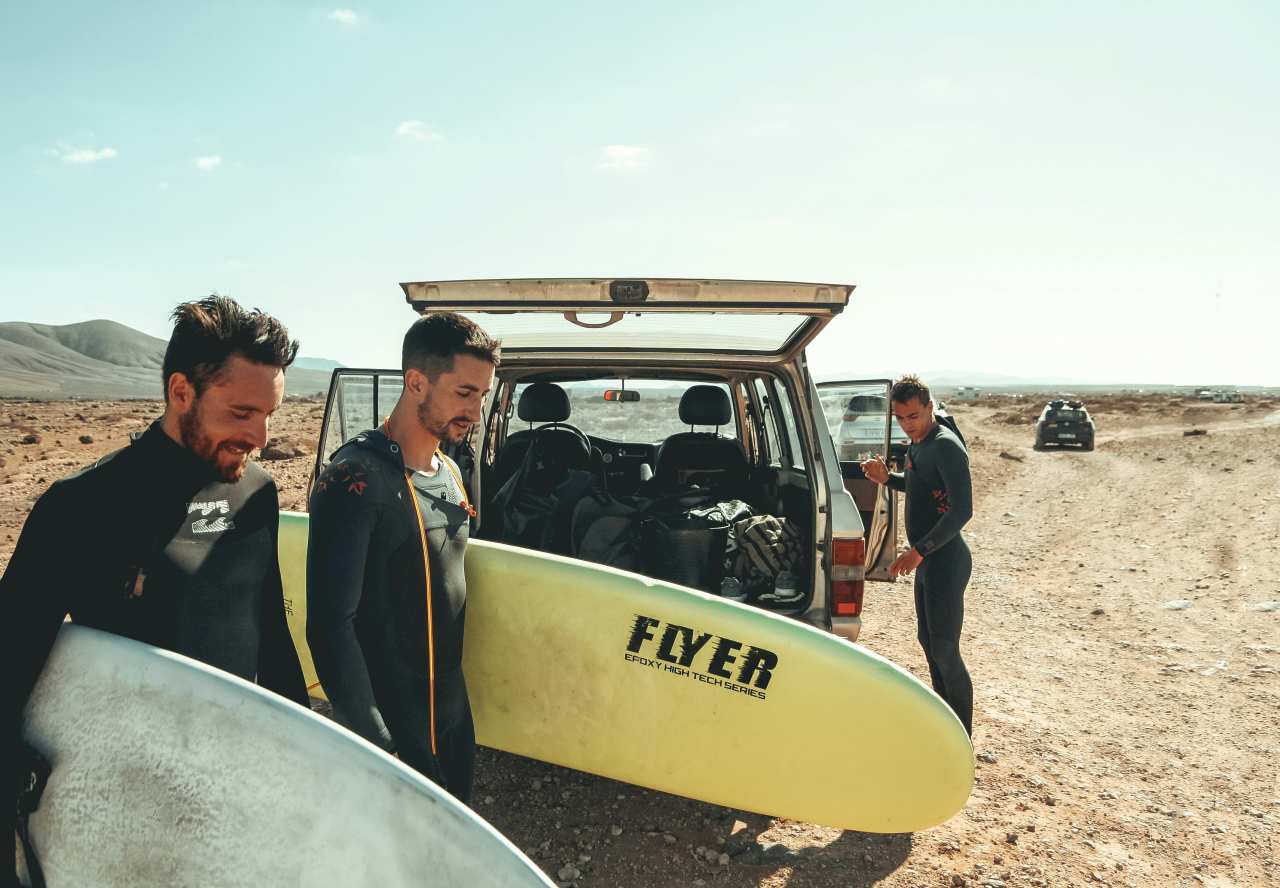
.jpg)

_0.jpg)
_0.jpg)
.jpg)
_0.jpg)
_0.jpg)
.jpg)
.jpg)
.jpg)
.jpg)
.jpg)
.jpg)
.jpg)

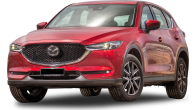






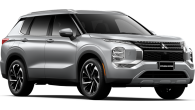







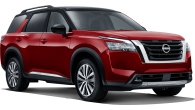

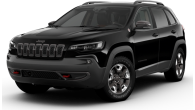





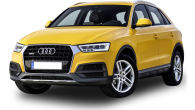
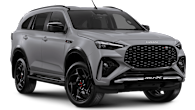



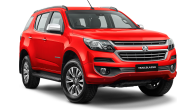


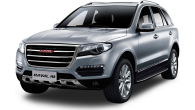



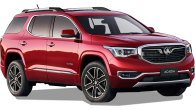
.png)

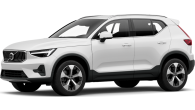


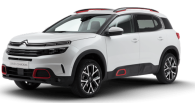



.png)


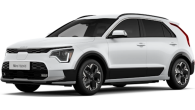






.jpg)